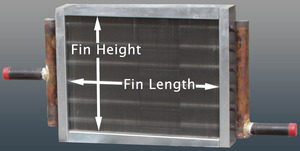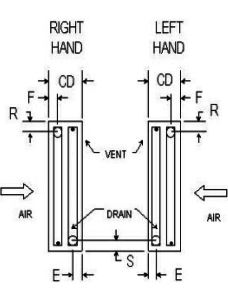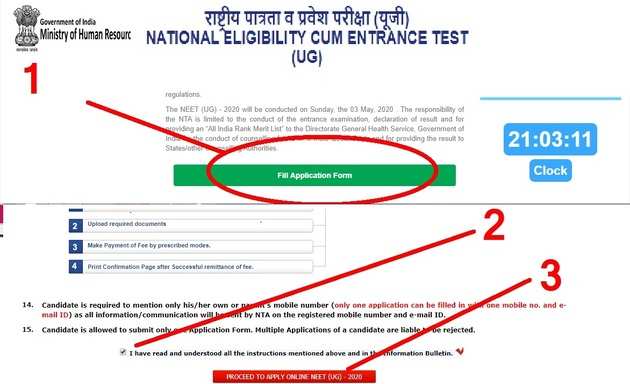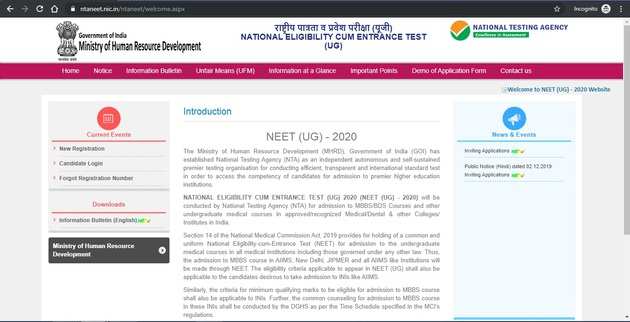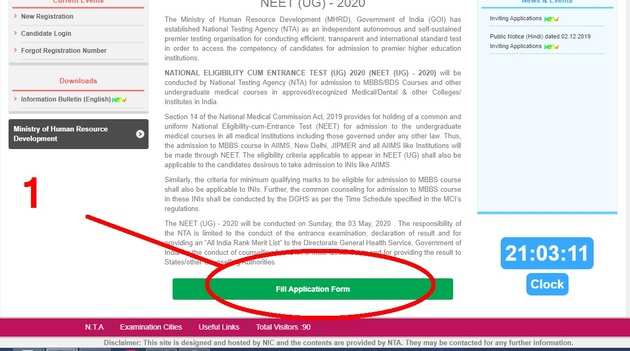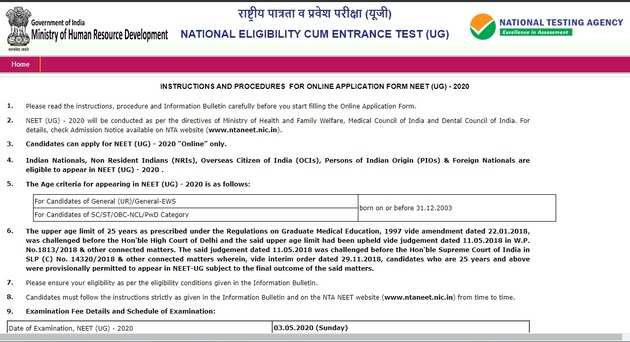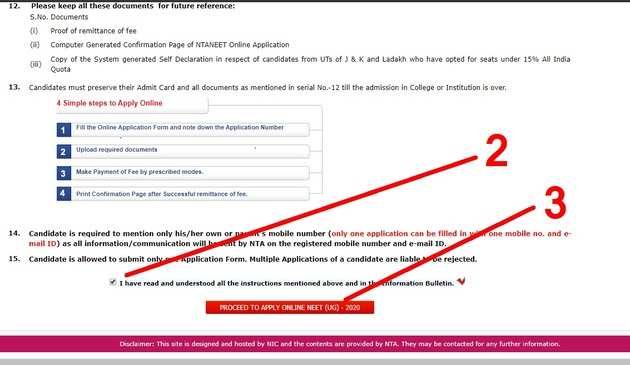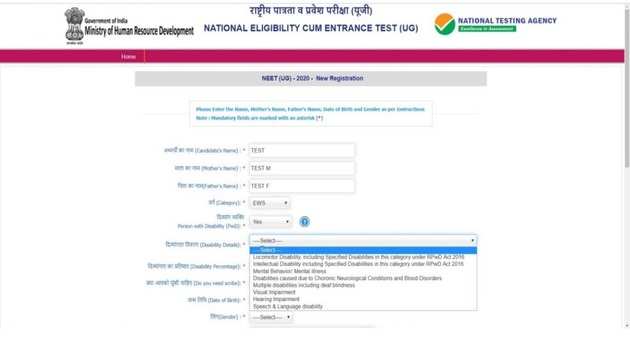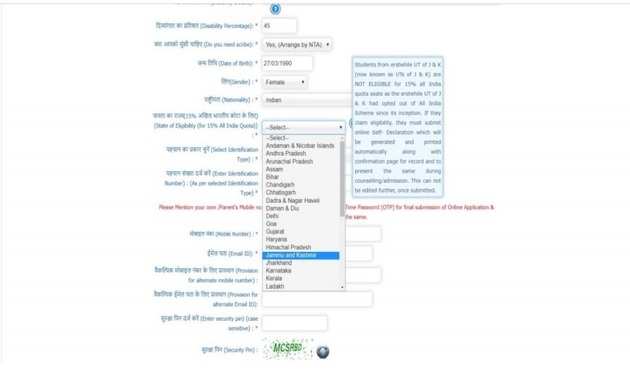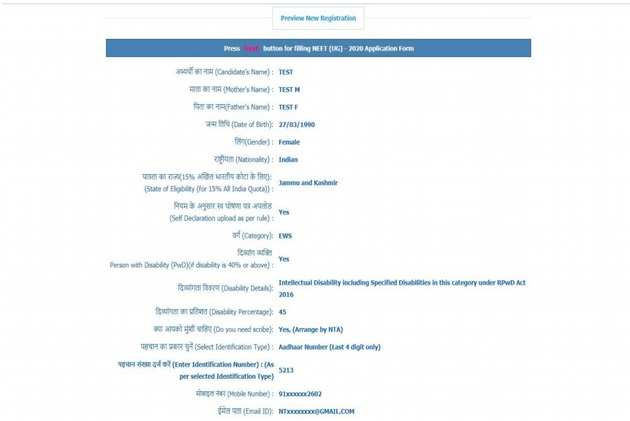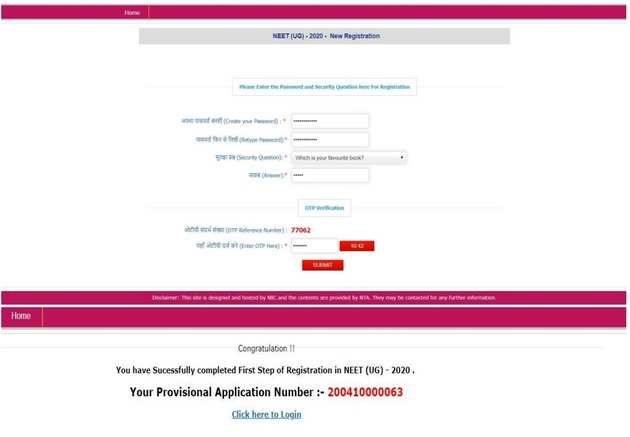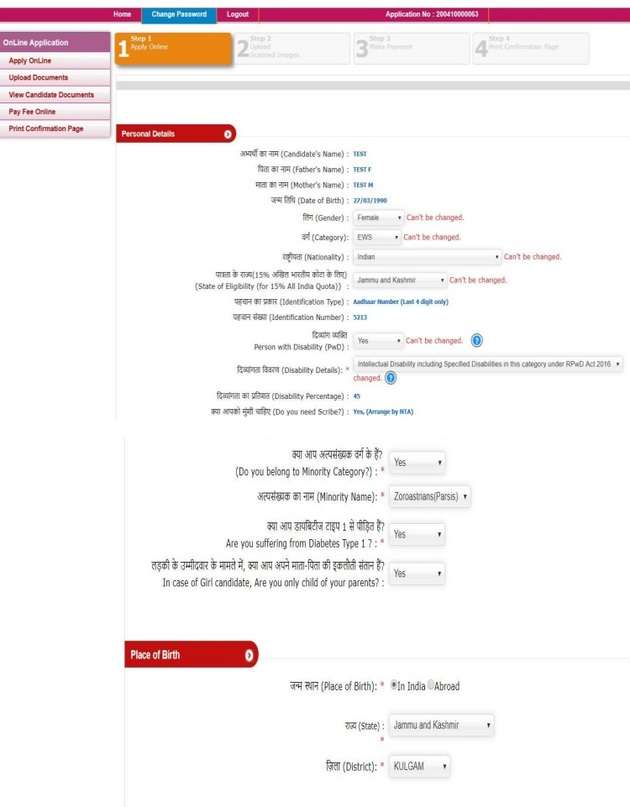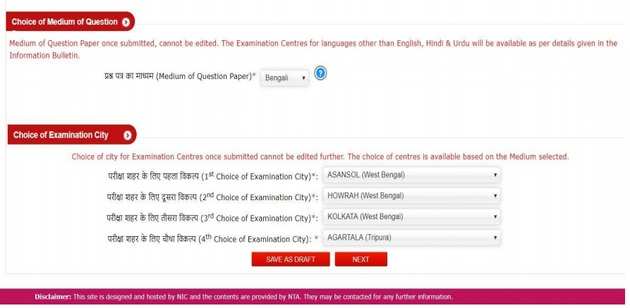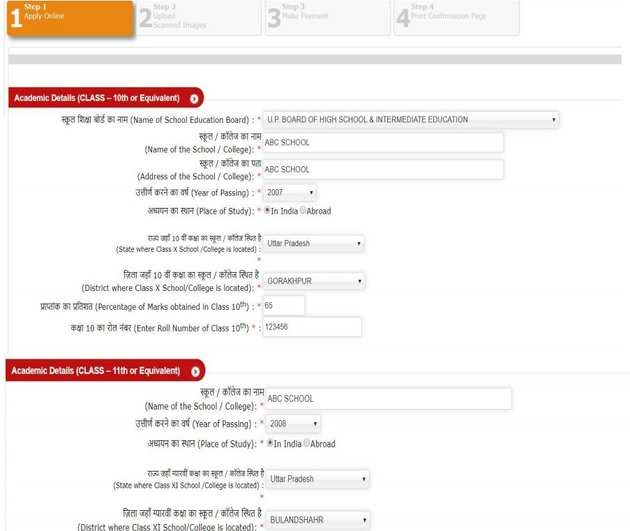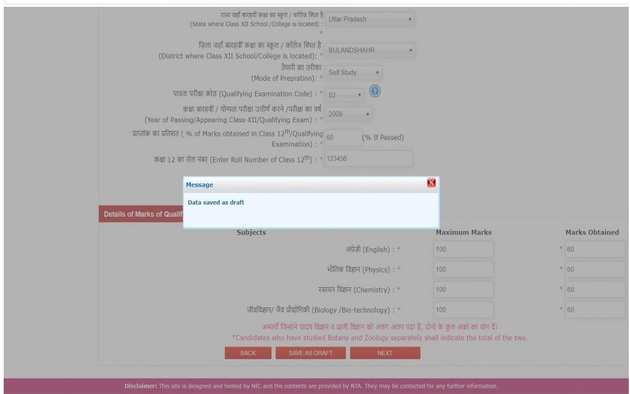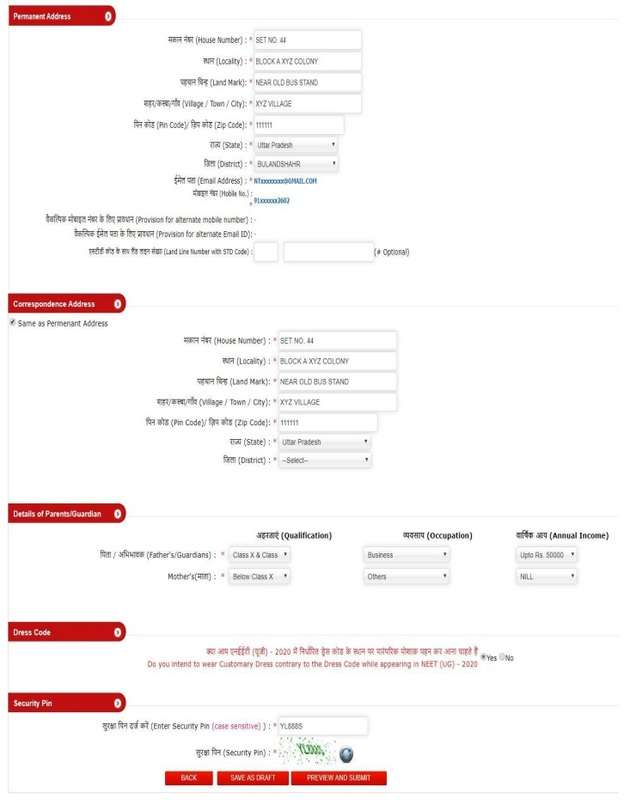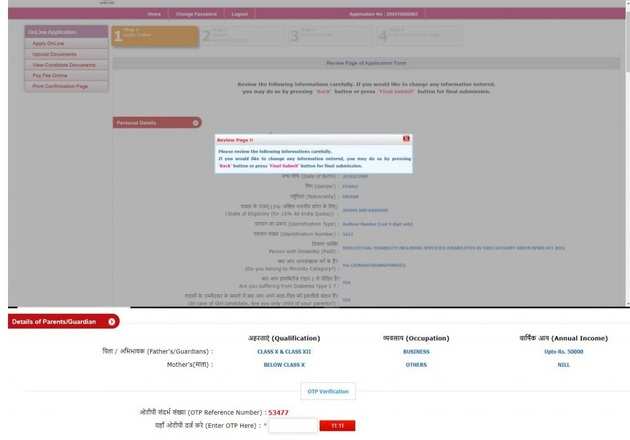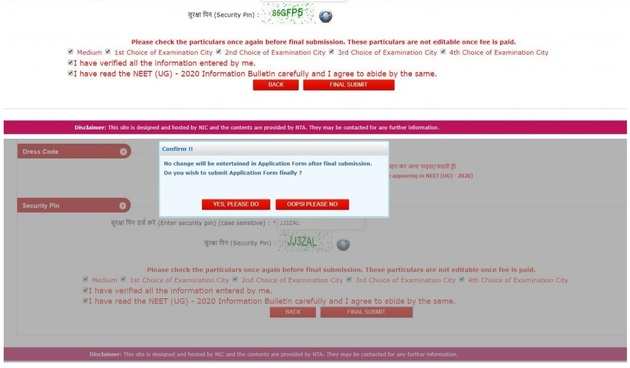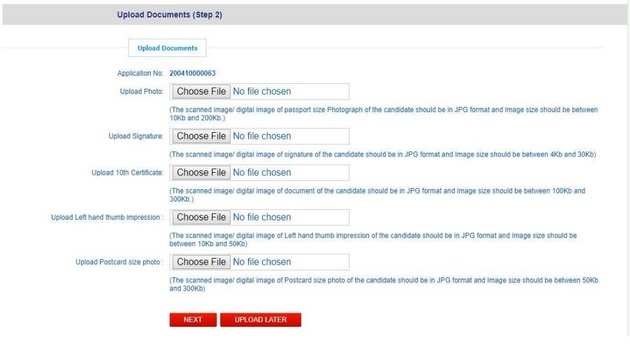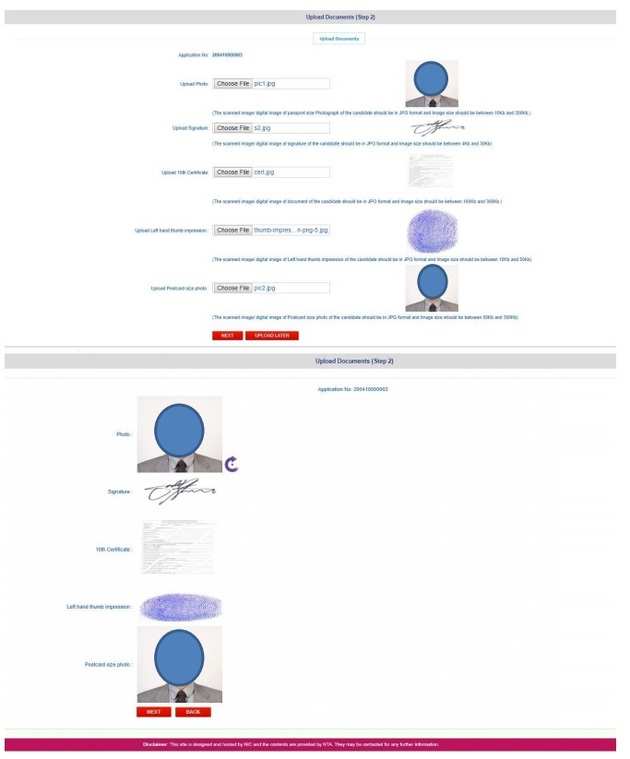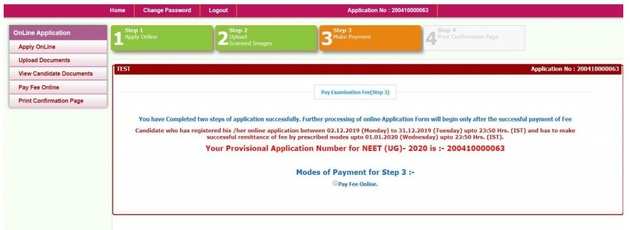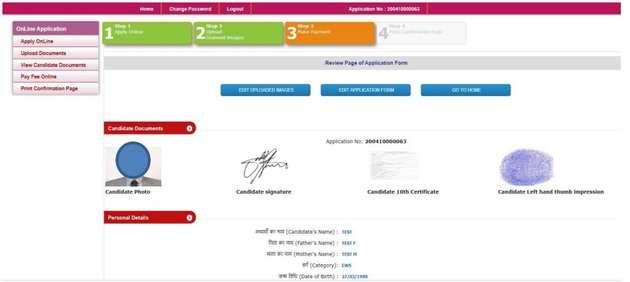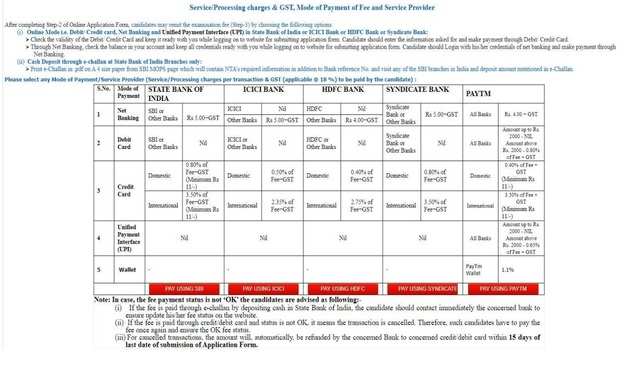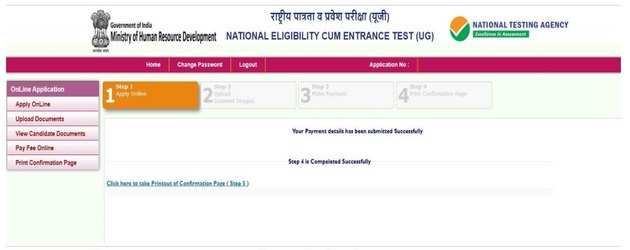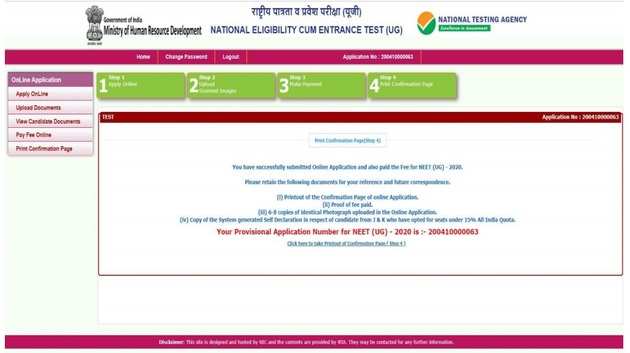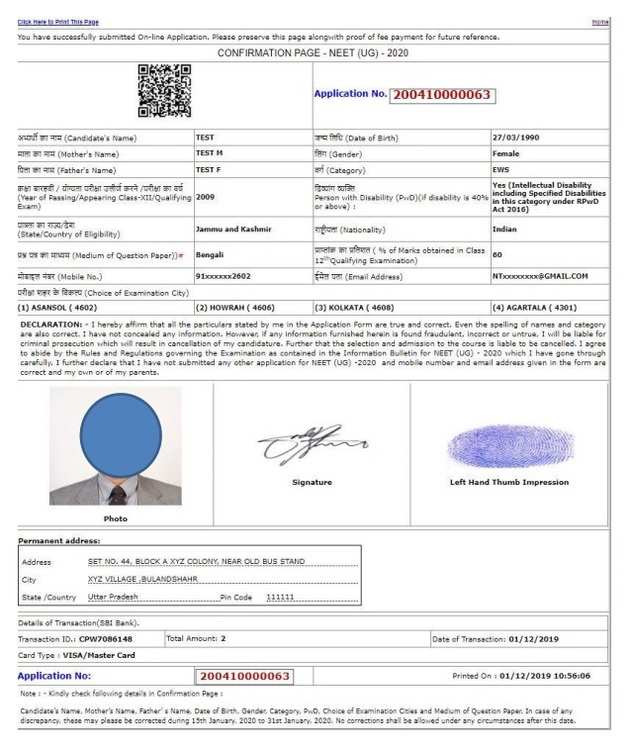பெற்றோர் செய்கின்ற மற்றொரு பெரிய தவறு, தங்கள் பிள்ளைகளுக்கு செல்போன்கள் வாங்கிக் கொடுப்பதாகும்.
 இது பிள்ளைகளின் படிப்பைப் பாழாக்குவதன் காரணத்தால் தான் பல்கலைக் கழகங்கள், கல்லூரிகள் போன்ற இடங்களில் பாட நேரத்தில் செல்போன் பயன்படுத்துவதற்குத் தடை செய்துள்ளனர். செல்போன்களால் படிப்பு பாழாகின்றது என்பதற்கு இது சிறந்த சான்றாகும்.
இது பிள்ளைகளின் படிப்பைப் பாழாக்குவதன் காரணத்தால் தான் பல்கலைக் கழகங்கள், கல்லூரிகள் போன்ற இடங்களில் பாட நேரத்தில் செல்போன் பயன்படுத்துவதற்குத் தடை செய்துள்ளனர். செல்போன்களால் படிப்பு பாழாகின்றது என்பதற்கு இது சிறந்த சான்றாகும்.
அண்மையில் நம்முடைய ரகசிய கண்காணிப்புக் குழுக்கள் மூலம், மகளிர் பள்ளிக்கூடங்கள் மற்றும் கோச்சிங் சென்டர்களைக் கண்காணித்ததில் பல அதிர்ச்சி தரும் செய்திகள் கிடைத்துள்ளன.
செல்போன்களில் நடமாடும் பாலியல் வக்கிர, ஆபாச செயல்களின் பட்டியலில் சிலவற்றை உங்கள் பார்வைக்குத் தந்திருக்கிறோம்.
1. நீலப்படங்களைப் பற்றிக் கேள்விப்பட்டிருக்கிறோம். அவை நம்முடைய பிள்ளைகளின் செல்போன்களில் பதிவிறக்கம் செய்யப்பட்டு, பரிமாறவும் படுகின்றன.
2. அழகான மாணவிகள் அவ்வப்போது நேர்முகமாகவோ, மறைமுகமாகவோ படம் எடுக்கப்பட்டு, பாதுகாக்கப்பட்டு பல மாணவர்களின் பார்வைக்கு விருந்தாகப் படைக்கப்படுகின்றன.
3. தங்கு தடையற்ற காதல் பேச்சுக்கள்: எந்த ஓர் ஆணும், பெண்ணும் நேரில் சந்திக்கும் போது, அவர்களது வெட்க உணர்வுகள் அவர்களிடமிருந்து வார்த்தைகள் வெளிவருவதைத் தடுத்து விடும். அத்துடன் சமுதாயத்தின் கழுகுப் பார்வைகள், சமூகக் கட்டுப்பாடுகள் பெரிய திரைகளாக நின்று, பெரும் தீமைகள் நடைபெறாமல் காக்கின்றன.
ஆனால் இந்த வெட்கத் தடைகளையும், சமூகத் தடைகளையும் செல்போன்கள் தகர்த்தெறிந்து, தங்கு தடையற்ற செக்ஸ் பேச்சுக்களைப் பரிமாற்றம் செய்வதற்குத் துணை புரிகின்றன.
கடைசிக் கட்டத்தை அடைய வேண்டும் என்று அவர்கள் உறுதி கொள்ளும் போது, ஓடிப் போக ஆரம்பிக்கிறார்கள். அப்போது நாம் கைசேதப்பட்டுப் பயனில்லை.
பருவமடைந்த பெண் பிள்ளைகள் சர்வ சாதாரணமாக வாலிபர்களுடன் செக்ஸ் பேச்சுக்களைப் பரிமாறுகின்றனர். பல சந்து பொந்துகளில் சந்திப்புகளும் நடைபெறுவதை அறிய முடிந்தது.
பக்காவாக உடல் முழுவதும் பருவ வயதுப் பெண்கள் இதில் முன்னணியில் உள்ளனர்.
ஏற்கனவே வீட்டில் இருக்கும் கன்னிப் பெண்களும், திருமணமான பெண்களும் செல்போன் செக்ஸில் பலியாகி அந்நிய ஆடவருடன் ஓடிப் போகும் கொடுமை ஆங்காங்கே நடைபெற்றுக் கொண்டிருக்கின்றது.
இதையே நம்மால் தாங்கிக் கொள்ள முடியாமல் இருக்கும் போது, பள்ளிக்கூடம் செல்லும் பருவ வயதுப் பிள்ளைகள் பற்றிய இந்த அதிர்ச்சித் தகவல் நம்முடைய இரத்தத்தை உறைய வைக்கின்றது.
இந்த அதிர்ச்சித் தகவலைத் தெரிந்து கொள்ளும் பெற்றோர்கள் உடனடியாக எடுக்க வேண்டிய நடவடிக்கைகளைக் கீழே தருகிறோம்.
தங்கள் பிள்ளைகளுக்கு செல்போன் கொடுக்காமல் இருத்தல்.
ஆண், பெண் பிள்ளைகளுக்கு செல்போன்கள் வழங்கினால் நாமே அவர்களை விபச்சாரத்திற்கு ஊக்குவித்தவர்களாவோம். வாலிப வயது ஆண், பெண் இருபாலரும் செல்போன்களை செக்ஸ் போன்களாகத் தான் பயன்படுத்துகின்றனர்.
“விபச்சாரத்தில் ஆதமுடைய மகனுக்குள்ள பங்கை இறைவன் எழுதியுள்ளான். அதை அவன் அடைந்தே தீருவான். கண் செய்யும் விபச்சாரம் பார்வையாகும். நாவு செய்யும் விபச்சாரம் பேச்சாகும். மனம் ஏங்குகின்றது. இச்சை கொள்கின்றது. பிறப்பு உறுப்பு இவை அனைத்தையும் உண்மையாக்குகிறது. அல்லது பொய்யாக்குகிறது” என்று நபி (ஸல்) அவர்கள் கூறினார்கள். அறிவிப்பவர்: அபூஹுரைரா (ரலி) நூல்: புகாரி 6243
இந்த ஹதீஸில் வருகின்ற கடைசிக் கட்ட விஷயத்தைத் தவிர அனைத்து விஷயங்களும் செல்போன்கள் வழியாக நடக்கின்றன.
இன்றைய காலத்து சினிமாக் கலாச்சாரம் மாணவ, மாணவியரைப் பல தவறான பாதைக்கு அழைத்துச் செல்கின்றது.
பள்ளி விட்டு வந்ததும் நமது பிள்ளைகள் பாடம் படிப்பதை விட்டு விட்டு, படம் பார்க்கும் சூழ்நிலைக்குத் தள்ளப்படுகின்றனர். சீரியல்களின் பிடியில் கட்டுண்டு இருக்கும் நாம் டி.வி.யைப் பார்த்துக் கொண்டிருக்கும் போது நமது பிள்ளைகளும் சேர்ந்தே பார்க்கின்றனர். நம்மால் அந்தப் பிள்ளைகளைத் தடுக்க முடிவதில்லை.
நம் வீட்டிலோ, வெளியிலோ ஆண், பெண் இருவர் கட்டிப் புரளும் காட்சிகளைப் பார்க்க முடியாது. குளிக்கும் பெண்கள் கூட ஆபாசமாகக் குளிப்பது கிடையாது. ஆனால் இந்த சினிமாக் காட்சிகளில் படுக்கையறைக் காட்சிகள், ஆபாசக் குளியல் காட்சிகள் அப்பட்டமாக அப்படியே காட்டப்படுகின்றன. இந்தக் காட்சிகளைத் தான் டி.வி.களில் பெற்றோர், பிள்ளைகள் என அனைவரும் உட்கார்ந்து பார்த்துக் கொண்டிருக்கின்றனர்.
மாணவ, மாணவியர் எப்படிக் காதலிக்க வேண்டும் என்ற கேடு கெட்ட கலாச்சாரத்தையும் டி.வி.க்கள் கற்றுக் கொடுக்கின்றன. இதையும் பெற்றோர் சேர்ந்து கொண்டு தான் பார்க்கின்றனர். விளைவு, பிள்ளைகள் பரீட்சையில் பெயிலாகின்றனர். உடனே பெற்றோர்கள் பிள்ளைகளைத் திட்டுகின்றனர். அவர்கள் தேர்வில் தோற்றதற்குத் தாங்களும் ஒரு காரணம் என்பதைப் பெற்றோர்கள் வசதியாக மறந்து விடுகின்றனர்.
செல்போன்கள் இவ்வாறு படிப்பை மட்டும் பாழாக்கவில்லை. அவர்களுடைய ஒழுக்க வாழ்வையும் பாழாக்கிக் கொண்டிருக்கிறது. பல்வேறு முனைகளில் செல்போன்கள் நமது பிள்ளைகளை ஒழுக்கக் கேட்டிற்கும், சீரழிவிற்கும் இழுத்துச் செல்கின்றன.
பிள்ளை பெறுவது பெரிதல்ல! அதைப் பேணி வளர்ப்பது தான் பெரிது என்று பெரியவர்கள் சொல்வார்கள். இன்று நாம் நமது பிள்ளைகளைப் படிக்க வைக்க வேண்டும் என்று பள்ளிக்கு அனுப்புகிறோம். காலையில் செல்லும் பிள்ளைகள் மாலையில் திரும்புகின்றனர். தினமும் பள்ளிக்குப் போய் படித்து விட்டு வருகின்றனர் என்று நாம் திருப்திப்பட்டுக் கொண்டிருக்கிறோம். யாரேனும் ஒரு பள்ளி மாணவி, யாருடனோ ஓடி விட்டாள் என்று தகவல் வரும் போது, நம் பிள்ளை அப்படியெல்லாம் போகாது; நம் பிள்ளை தங்கக் கட்டி என்று ஒவ்வொரு பெற்றோரும் தங்கள் பிள்ளைகள் மீது தளராத நம்பிக்கை வைத்திருக்கின்றனர்.
பிள்ளைகள் மீது இப்படி ஒரு நம்பிக்கை வைத்திருப்பதில் தவறில்லை. இருக்க வேண்டியது தான். ஆனால் தன் பிள்ளைகளின் நடவடிக்கை மீது ஒரு கண் வைக்காமல் இருப்பது, கவனிக்காமல் இருப்பது மிகப் பெரிய ஆபத்தை வரவழைத்து விடுகின்றது.
குறிப்பாக இன்றைய காலத்து சினிமாக் கலாச்சாரம் மாணவ, மாணவியரைப் பல தவறான பாதைக்கு அழைத்துச் செல்கின்றது.
செல்போன் இல்லாவிட்டாலும் பள்ளி செல்கின்ற ஆண், பெண் பிள்ளைகளின் அனைத்து நடவடிக்கைகளின் மீதும் முழுக் கவனம் செலுத்த வேண்டும். அவ்வாறு செலுத்தாவிட்டால் கீழ்க்கண்ட ஹதீஸின்படி அல்லாஹ்விடத்தில் நாம் பதில் சொல்லாமல் தப்ப முடியாது என்று தெரிவித்துக் கொள்கிறோம்.
உங்களில் ஒவ்வொருவரும் பொறுப்பாளர்கள். தமது பொறுப்பின் கீழ் உள்ளவர்கள் பற்றி ஒவ்வொருவரும் விசாரிக்கப் படுவீர்கள். தலைவர் பொறுப்பாளி யாவார். அவர் தம் குடிமக்கள் பற்றி விசாரிக்கப்படுவார். ஒரு ஆண் மகன் தன் குடும்பத்துக்குப் பொறுப்பாளி யாவான். தன் பொறுப்பில் உள்ளவர்கள் பற்றி அவனும் கேட்கப்படுவான். ஒரு பெண், கணவனின் வீட்டுக்குப் பொறுப்பாளி யாவாள். அவள் தனது பொறுப்பில் உள்ளவர்கள் பற்றி விசாரிக்கப்படுவாள். ஒரு ஊழியன் தன் முதலாளியின் செல்வத்திற்குப் பொறுப்பாளியாவான். அவன் தனது பொறுப்பு பற்றி விசாரிக்கப்படுவான்.
அறிவிப்பவர்: இப்னு உமர் (ரலி)
நூல்: புகாரி 893
நூல்: புகாரி 893
பிள்ளைகளின் விசயத்தில் பெற்றோர்கள் அக்கறை செலுத்துவோம், நல்லொழுக்கம் உடையவர்களாக வளர்ப்போம்!
ஆக்கம் மற்றும் தொகுப்பு : அ.தையுபா அஜ்மல்.
ஆக்கம் மற்றும் தொகுப்பு : அ.தையுபா அஜ்மல்.



